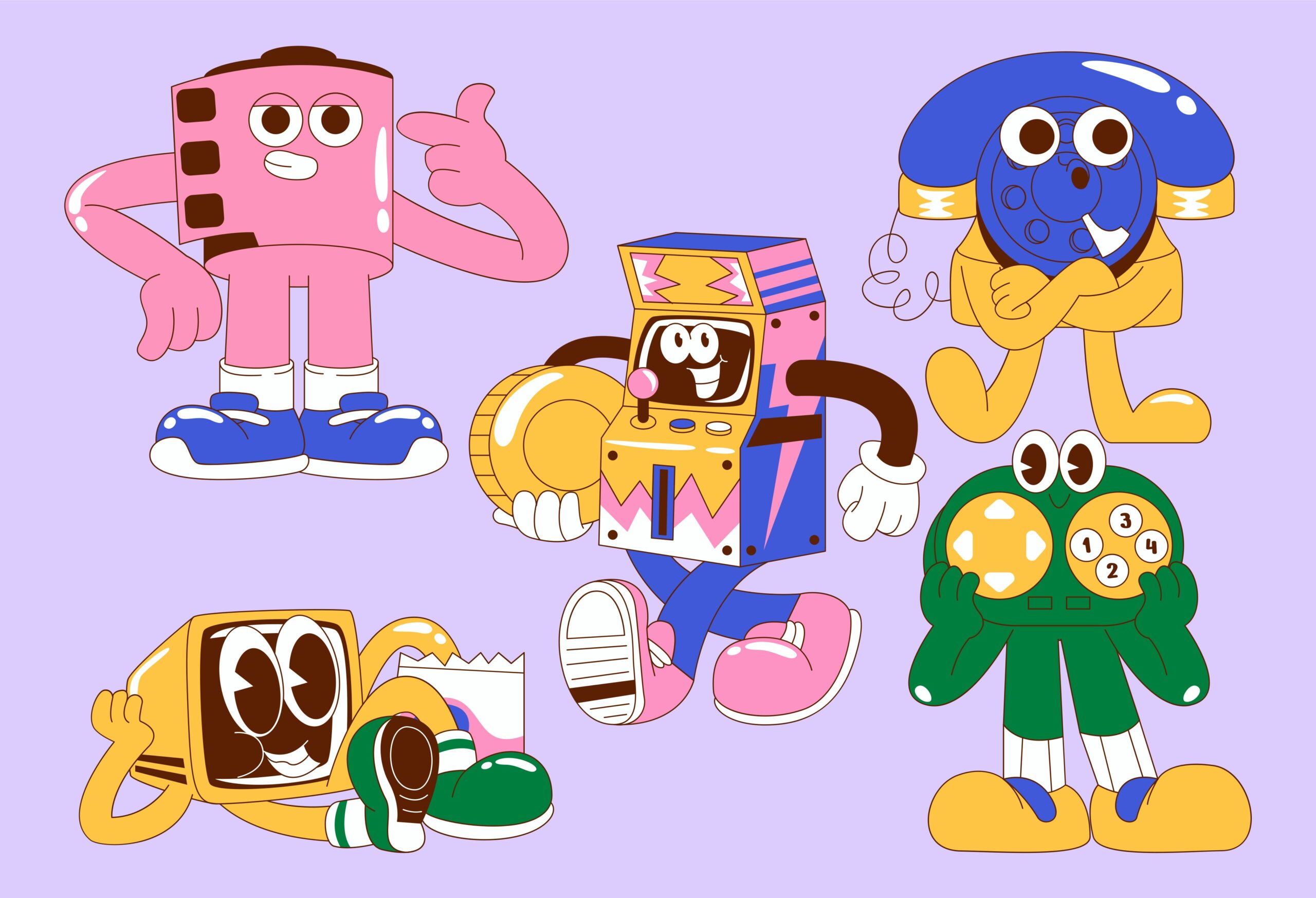Testosterone is a hormone primarily produced in the testes in males and, to a lesser extent, in the ovaries and adrenal glands in females. It is classified as an androgen, which is a type of steroid hormone that plays a key role in the development and regulation of male characteristics and reproductive functions.
Functions of Testosterone:
- Development of Male Characteristics:
- Promotes the development of male reproductive organs (e.g., testes and prostate).
- Stimulates the growth of facial hair, body hair, and deepening of the voice during puberty.
- Contributes to increased muscle mass and bone density.
- Sexual Function:
- Essential for sperm production (spermatogenesis).
- Influences libido (sexual drive) in both men and women.
- Mood and Energy Levels:
- Affects mood regulation, energy levels, and overall sense of well-being.
- Low testosterone levels can lead to symptoms like fatigue, depression, or irritability.
- Cognitive Function:
- Supports cognitive functions such as memory and concentration.
- Bone Health:
- Helps maintain bone density, reducing the risk of osteoporosis.
Testosterone Levels:
- In men, testosterone levels peak during adolescence and early adulthood, then gradually decline with age.
- In women, testosterone levels are naturally lower but still play an important role in energy, mood, and sexual health.
Low Testosterone (Hypogonadism):
Low testosterone levels can result from aging or medical conditions such as hypogonadism. Symptoms may include:
- Decreased libido
- Fatigue
- Loss of muscle mass
- Mood changes
High Testosterone:
Excessive testosterone levels can occur due to conditions like anabolic steroid use or certain medical disorders. In women, high testosterone can lead to symptoms such as:
- Excess body hair (hirsutism)
- Acne
- Irregular menstrual cycles
Conclusion:
Testosterone is a critical hormone for both men and women, though it is more prominent in males. It influences physical development, sexual function, mood, and overall health. Managing healthy testosterone levels is important for maintaining well-being throughout life.


![[Music Production] A tool that separates vocals, drums, bass, and others 3 masantocreative Z1Do CjGC28 unsplash scaled](https://genxnotes.com/wp-content/uploads/2025/02/masantocreative-Z1Do_CjGC28-unsplash-scaled.jpg)






